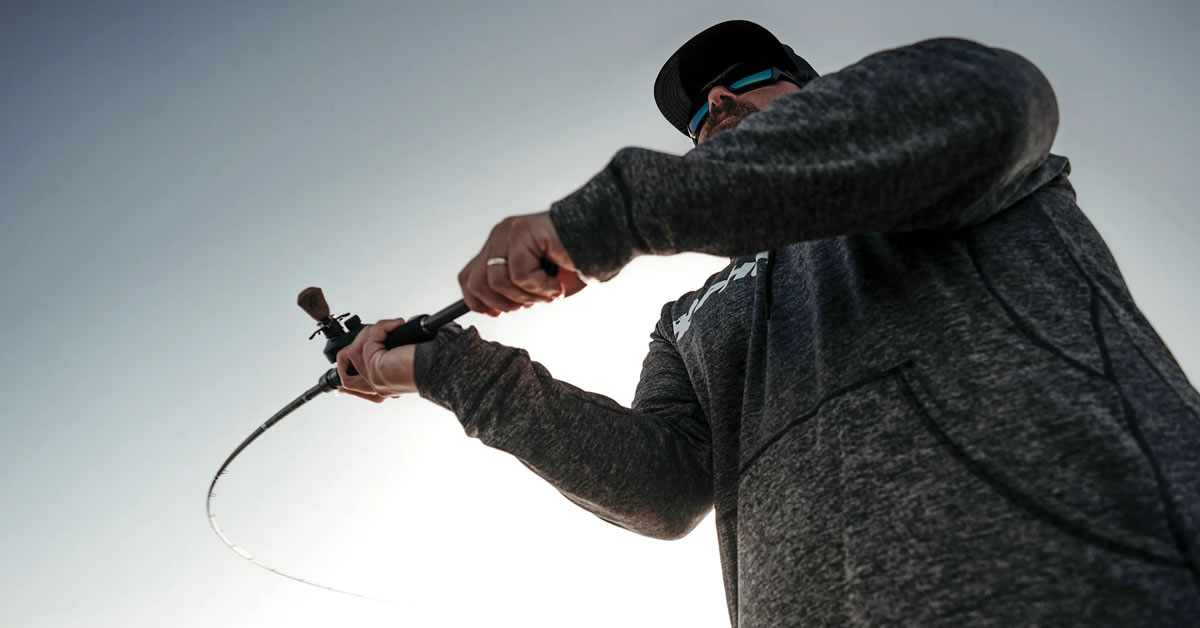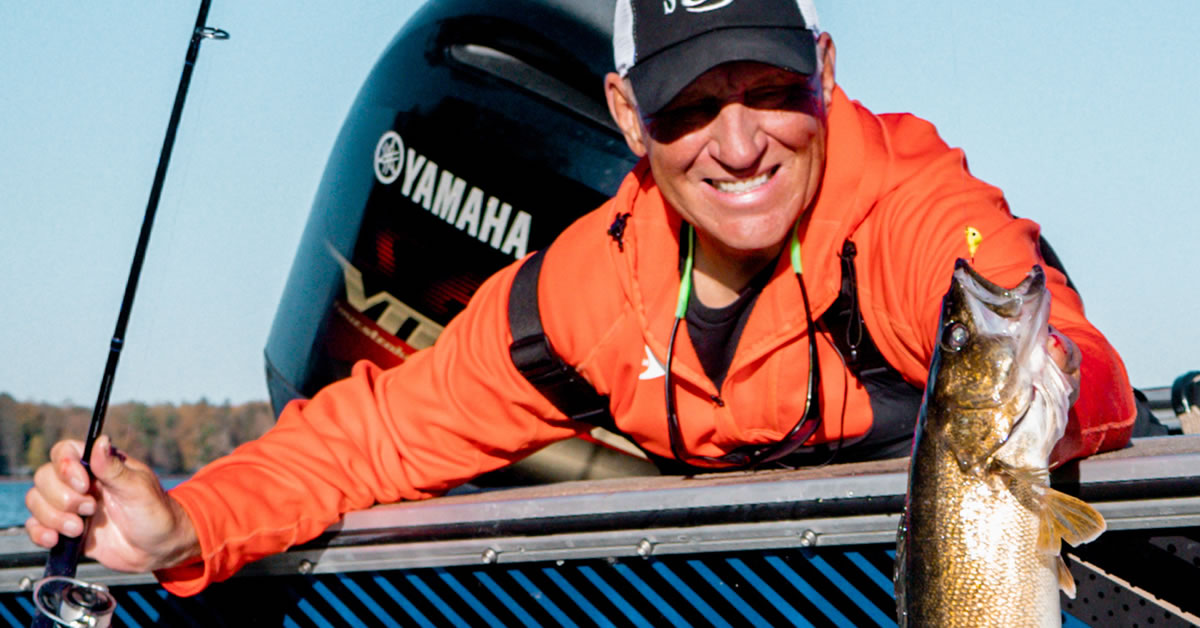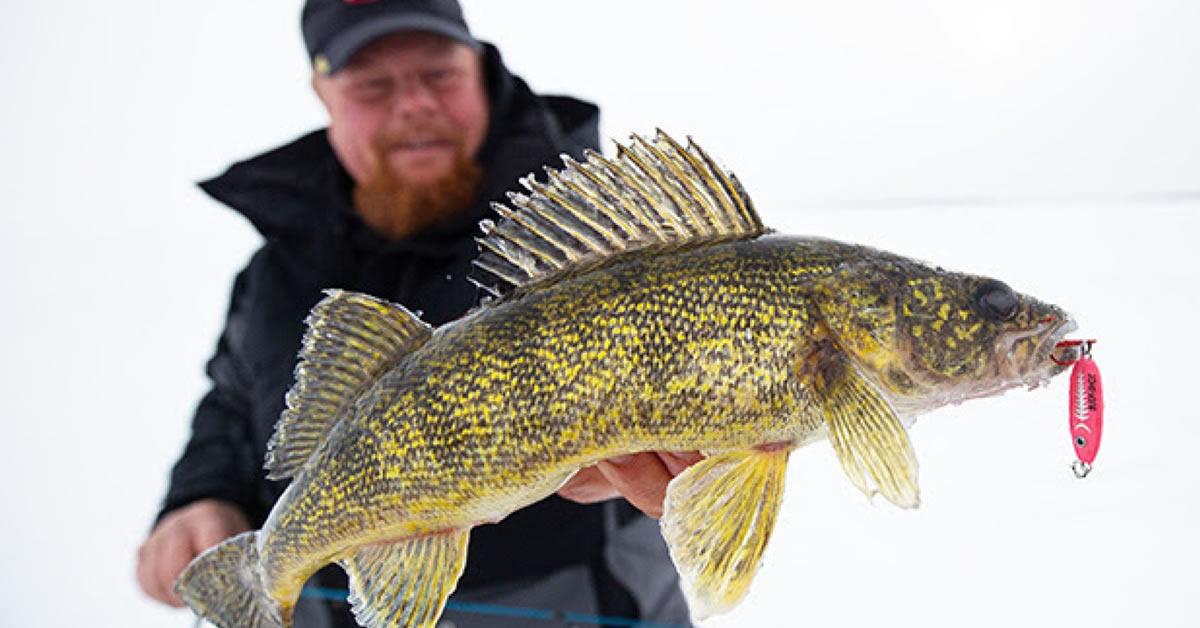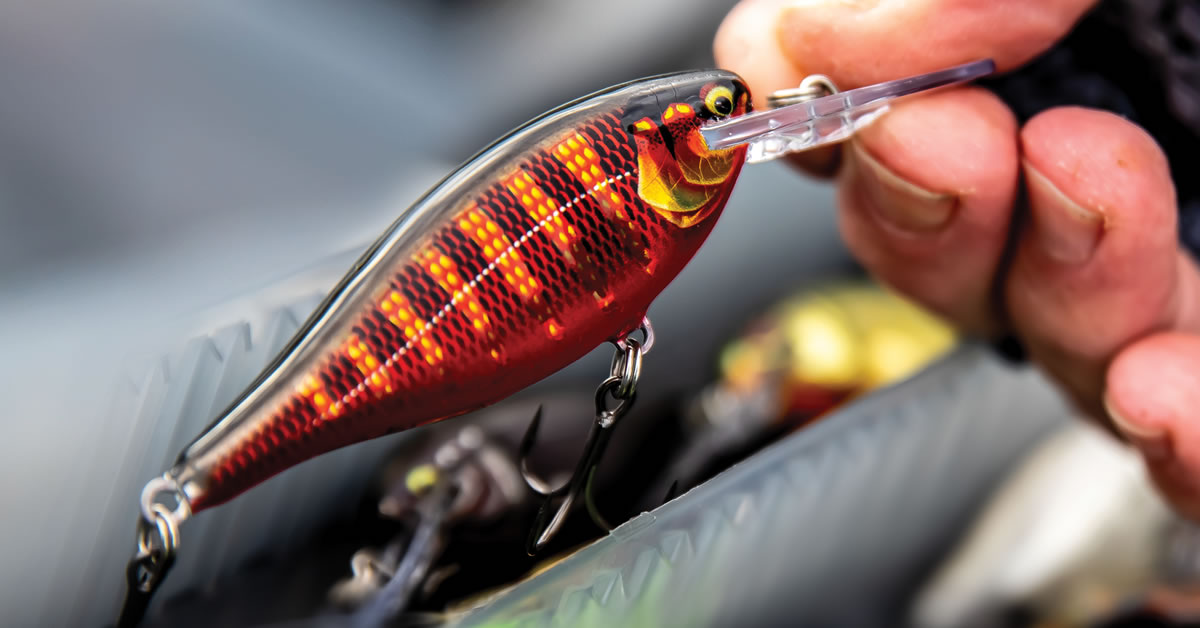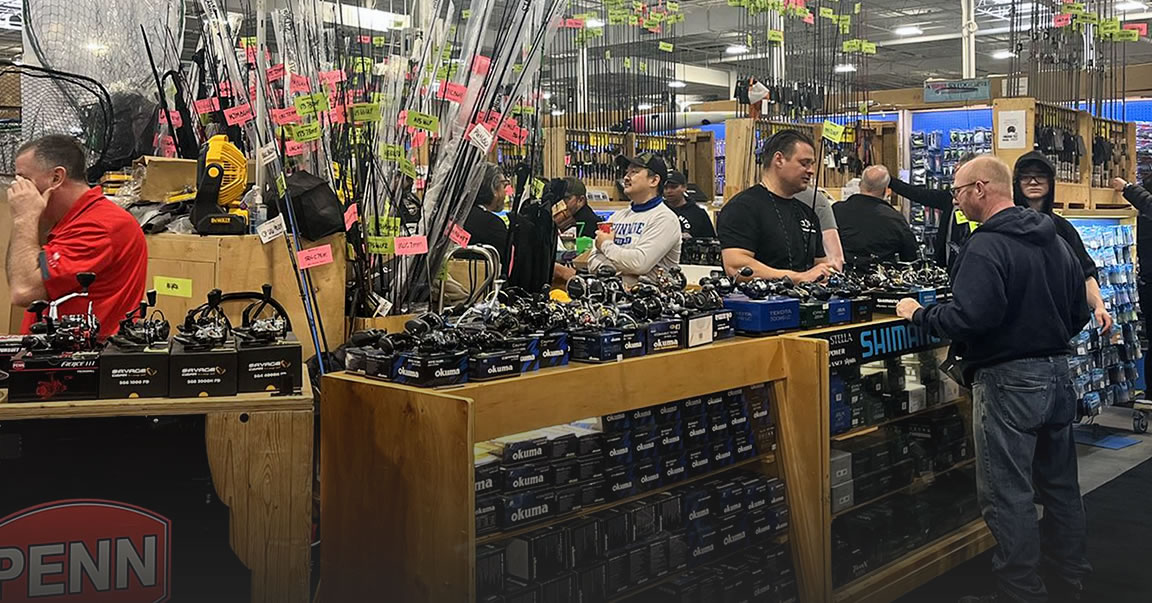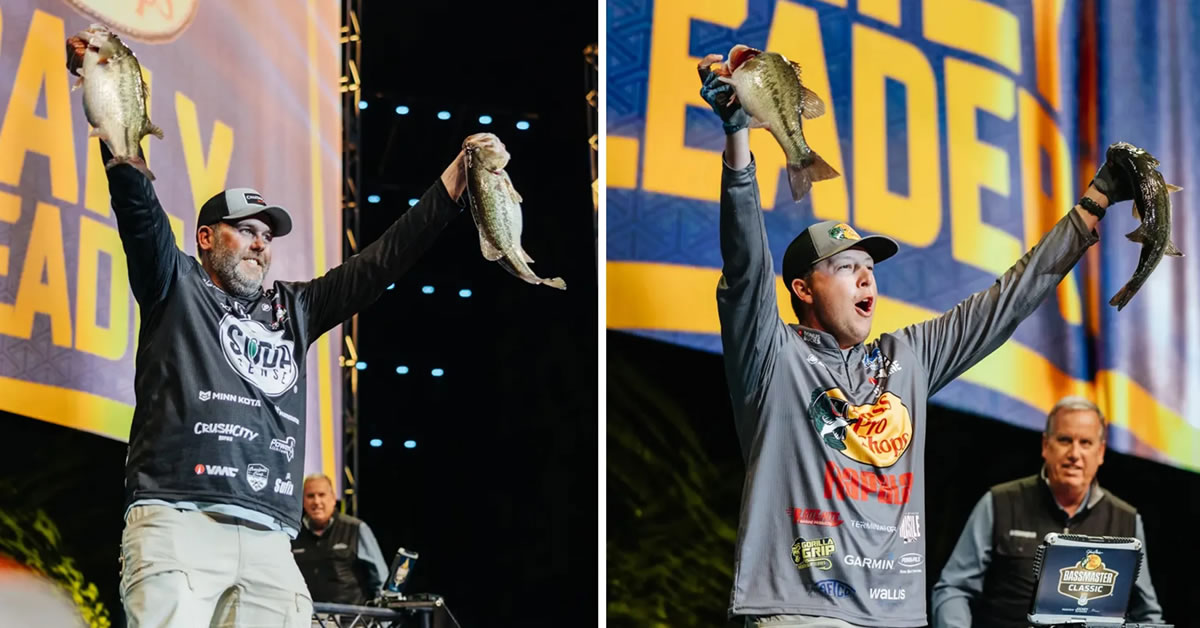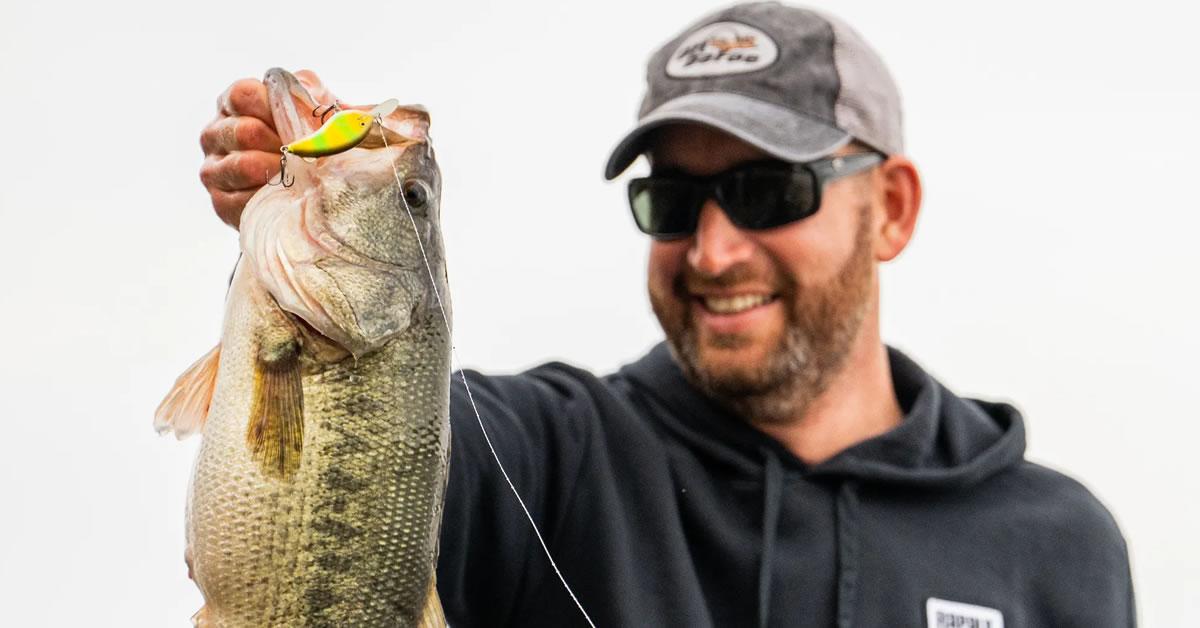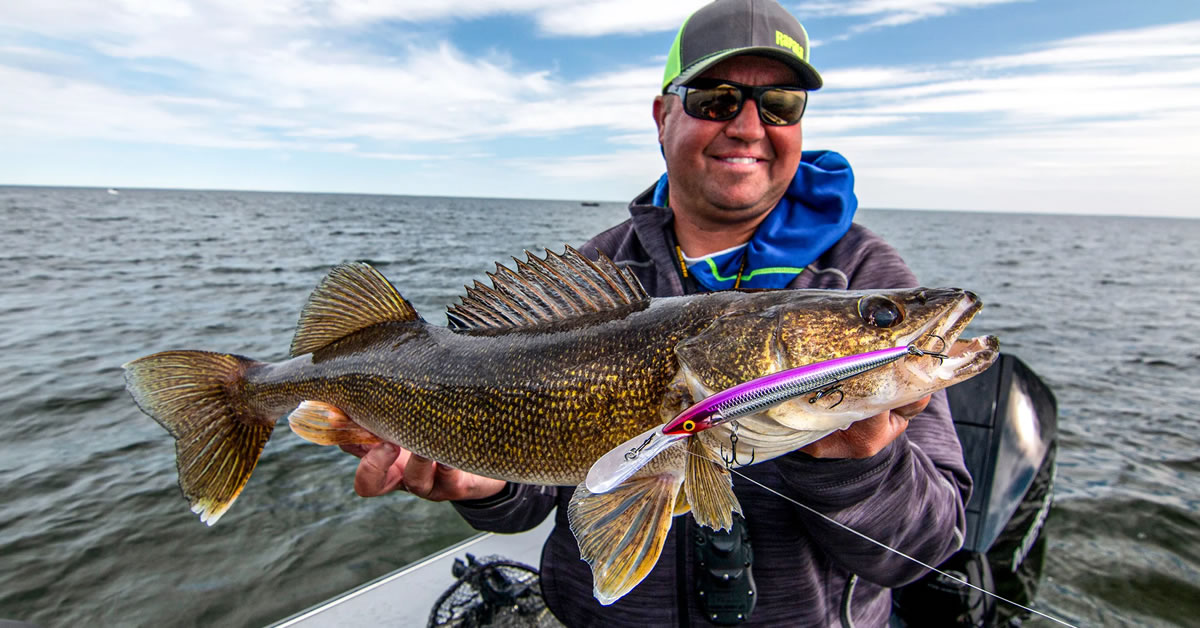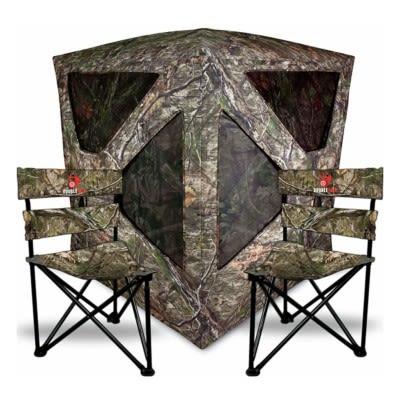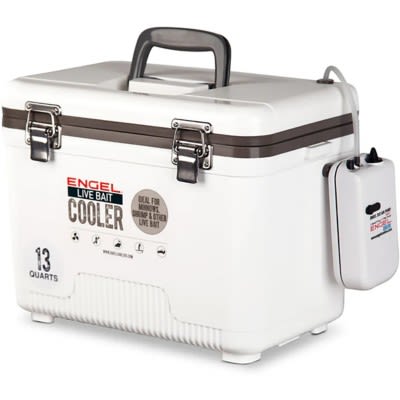How Are Coolers Insulated?
How are coolers insulated? What materials are used for cooler insulation? Is cooler insulation eco-friendly? What is the thermal efficiency of cooler insulation? What is the best cooler for ice retention?
These are some of the common questions you will find when looking into the specifics of insulated coolers and what makes them superior to conventional coolers. So what makes a great cooler? Think about it from a thermodynamics standpoint. Cold is the absence of heat, much like darkness is the absence of light. The goal of a cooler, then, is not so much to keep the “coldness” in but to keep the heat out.
Let’s Look At How Coolers Are Insulated
Coolers primarily use different types of foam insulation. Cheaper hard coolers use styrofoam (extruded polystyrene) while premium hard coolers like Grizzly or Kenai use heavier but more effective polyurethane. It’s interesting to note that cheaper coolers usually don’t have insulation in the lids of the cooler at all, but rather just have an air cavity. This is a weak spot in the insulation and makes the coolers less effective overall.Premium hard-sided coolers like Grizzly Coolers use polyurethane foam. This foam is denser than the styrofoam used in cheaper coolers and contains even more and smaller air bubbles. It is generally pressure injected into a cooler mold where it fills up all the air gaps completely with up to two inches of insulation. Polyurethane sets hard which adds extra strength to the cooler and it’s one of the reasons coolers like Grizzly are so strong and difficult to break. In fact, they are often so strong they meet or exceed bear testing from the IGBC.
The combination of better insulation mixed with rotomolding construction for thicker walls and just more insulation overall, plus extra features like high-end silicone rubber gaskets and Bearclaw lid latches allow these coolers to attain high ice retention.

What Material Are Used For Cooler Insulation?
Understanding how insulation works can be confusing. There are many different types of insulation products (cellulose, fiberglass, rock wool, expanded polystyrene/EPS board, extruded polystyrene/XPS board, polyurethanes, etc.) and several methods to measure a product’s insulating power. Many of the testing methods lack objectivity, and too much of the information is misleading and biased. Although not well known, polyurethanes have proven to be the best insulating products.One objective method for comparing insulation materials is to measure a material’s thermal conductivity. Thermal conductivity (also known as lambda value) is the rate at which heat passes through a material. Thermal conductivity/lambda is measured in watts per square meter of surface area for a temperature gradient of one Kelvin per one meter of thickness; expressed as W/m-K. Thermal conductivity is independent of product thickness. The lower the conductivity, the more thermally efficient a material is.
In independent and OEM testing, Ecomate® blowing agents display thermal efficiencies that outshine harmful blowing agent technologies that contain CFCs, HCFCs, and HFCs. The outstanding moisture-locking, insulating, structural, and sound abatement benefits of Ecomate®-blown foams are boundless while being 100% eco-friendly and sustainable. The chart below showcases the superior thermal-efficiency of Ecomate® in comparison to alternative sustainable solutions such as water-blown foam.
About Ecomate, Eco-Friendly Foam Blowing Solutions
Foam Supplies, Inc. is dedicated to providing the best eco-friendly foam blowing solutions in the industry. As a SNAP-approved blowing agent, Ecomate® can withstand even the strictest compliance regulations – all while protecting the environment from harmful HFCs.Today, with almost two decades of commercialization under our belt, polyurethane foam products powered by Ecomate® outperform all competing technologies. As the world continues to transition away from damaging HCFCs and HFCs, we’re proud to offer a solution that meets both regulatory requirements and consumer demands. Learn more about Ecomate at their website.






